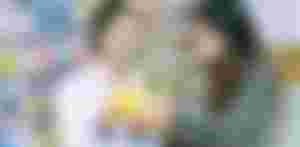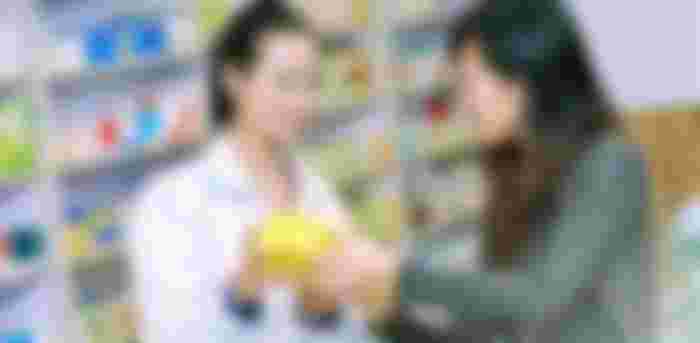How to Know If you bought counter feit medicine?

The third week of November was declared National Consciousness Against Counterfeit Medicine Week by Senate Bill No. 2077. This Senate Bill aims to arouse the attention and awareness of the public about counterfeit medicine and also for the immediate eradication of its spread in our country. Although it has been enacted, there are still fake medicines that can be bought and sold inside and outside our country. In 2018, National Consciousness Against Counterfeit Medicine Week will be celebrated on November 22-24. The National Awareness Against Counterfeit Medicine Week will continue to be celebrated to continue the information drive to the public about counterfeit medicine and its ill effects.
What is Counterfeit Medicine?
If the drug is:
Contains a different quantity of original active ingredient
none, lacking or containing incorrect active ingredients
contains toxic ingredients
forged manufacturer's packaging data
packaging changes or repackaging
non-compliance with drug production according to current Good Manufacturing Practice (cGMP)
improper transportation and drug storage
Counterfeit medicine is fake medicine. Drugs that contain less than 80 percent of its active ingredients are considered counterfeit. Another counterfeit considered is drugs imported by an unregistered dealer or unlicensed manufacturer. Counterfeit drugs are illegal and dangerous to health because their active ingredient may or may not be right or the dosage may be wrong.
Risks of Taking Fake Drugs
A person who is taking counterfeit medicine is likely to face some of the dangerous health consequences.
You may experience unexpected side effects, allergic reactions or worsening medical condition. These unexpected side effects should be reported immediately to the doctor as taking counterfeit drugs can also cause death.
Safe Purchase of Medicine or Prescription Drugs
Technology and information campaigns are a big help in ensuring that drug purchases are safe. When buying medicine, be OC for sure. Prescription drugs should cure, not harm the person. By taking the right medicine, the right dosage, the right brand can ensure the recovery, safety and health of the family.
Tips to avoid buying fake medicine
Be safe, only buy a registered drug or a licensed pharmacy
Only buy at pharmacies or markets licensed by the Food and Drug Administration (FDA). Do not casually buy medicine at an unknown drugstore or retail outlet. Due to the spread of fake medicines, also avoid buying medicines in various stores. There are various store owners who buy medicine from unauthorized dealers. The FDA reports that generic and branded Paracetamol are also counterfeit so it is best to be safe when buying the right medication. To prevent the headache from getting worse, choose to buy a registered drug at a licensed retailer.
If you are buying medicine online or abroad, do research on the product you are going to buy. Find out if the drug manufacturer has a website to learn more about the product before buying. Also check the FDA websites to which country the product will be purchased, to find out if it is not fake medicine.
Make a habit of asking for a receipt when buying medicine.
Always ask for a receipt when buying medicine. Keep a receipt for use with any drug or drugstore complaint you purchase. The receipt of the receipt should be automatic at each drug sale. Request a copy if the drugstore or retail outlet sold did not issue a receipt. If no copy of the receipt is provided, isolate the drugs and report to the FDA the drugstore or retail outlet purchased.
Be critical, learn to spot fake medicine
Make it a habit to check the medication purchased. While at the counter, check immediately if the medication you bought is correct. Check and find the FDA registration number on its label. It is difficult to identify genuine vs. fake medicine. Counterfeit medicines can be identified by analysis, by label and by the names of importers and manufacturers.
To avoid falling victim to counterfeit drugs, check the following:
Solid printing and ink. Sometimes the printing of letters on fake medicine is uneven and not clean.
Thickness and quality of plastic. Not good thick and poor quality plastic used in fake medicine
Holograms. It is difficult to imitate holograms. So counterfeit drugs often do not have holograms.
Packaging details. There will also be no packaging details such as schedule drug color marked box ink or the details of genuine manufacturing facilities.
Be knowledgeable and punctual.
If you have questions, concerns and doubts, do not be shy to ask and ask for help.
Make it a habit to check the FDA website (www.fda.gov.ph) for health advisories and warnings about counterfeit and unregistered drugs.
Immediately notify the FDA of any unusual drug reactions. If the reaction to the drug becomes contradictory, report it immediately to the FDA. You can also call the FDA to report any suspected counterfeit or unregistered drugs.
The safety and health of our family is important. Ensure family safety and health by avoiding buying fake medicine. Extra precautions must be taken to be safe, healthy and secure. Be healthy and at peace in choosing the right medicine.
